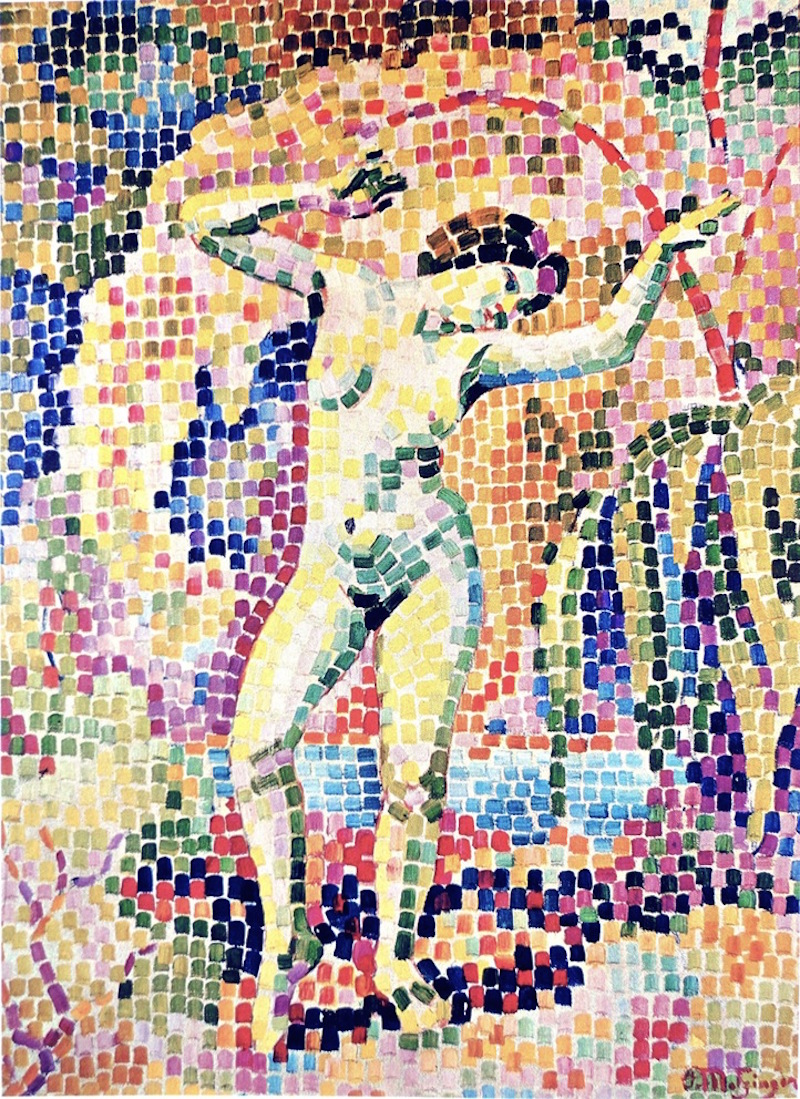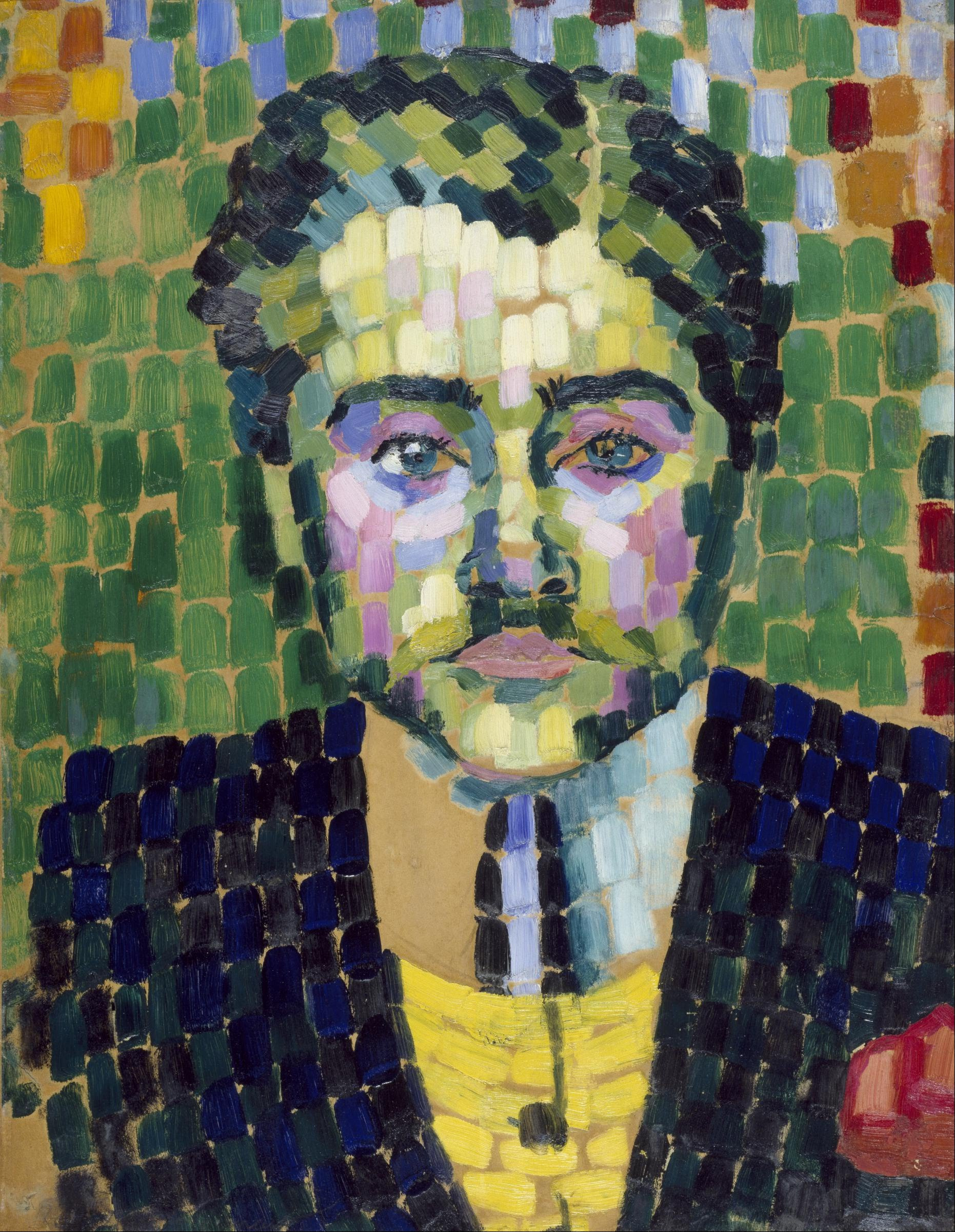La danse (also known as Bacchante) is an oil painting created circa 1906 by the French artist and theorist Jean Metzinger (1883–1956). Bacchante is a pre-Cubist or Proto-Cubist work executed in a highly personal Divisionist style during the height of the Fauve period. Bacchante was painted in Paris at a time when Metzinger and Robert Delaunay painted portraits of one another and exhibited together at the Salon d'Automne and the Berthe Weill gallery. The painting was purchased by the art historian and collector Wilhelm Uhde and formed part of his collection until it was sequestered by the French government just before World War I. In 1921 the painting reappeared at the auction house Hôtel Drouot, where it was presumably purchased by Kröller-Müller and published in catalogue of the paintings in the collection of Helene Kröller-Müller. This early Divisionist work represents a Bacchante (or maenads). In Greek mythology, maenads were the female followers of Dionysus (Bacchus in the Roman pantheon), the most significant members of the Thiasus. Their name literally translates as "raving ones." The maenads were often portrayed as inspired by Dionysus into a state of ecstatic frenzy, through a combination of dancing and drunkenness. In this state they would lose all self-control, begin shouting excitedly, and engage in uncontrolled sexual behavior. Many artists chose this subject over the centuries, probably due to these dramatic characteristics.




La danse, Bacchante
oil on canvas • 73 cm × 54 cm
 Jean Metzinger
Jean Metzinger